Climate and Energy Summit 2025
Next event In person & livestreamed

- Area of Expertise
- Climate, Energy & Natural Resources
Climate, Energy & Natural Resources

Director-General at the European Commission’s Directorate-General for Climate Action

Diplomat and Senior Policy Assistant at the European Commission’s Directorate-General for Climate Action
“We look forward to a long-term partnership that can serve as an appropriate model of support for climate action from developed to developing countries.” With these words, South Africa’s President Cyril Ramaphosa launched, on 2 November 2021 in Glasgow, the Just Energy Transition Partnership, an initiative of his country, the European Union, France, Germany, the United Kingdom and the United States to accelerate the decarbonisation of Africa’s highest emitter. “A global first”, and a possible template on how to support just energy transitions around the world, added European Commission President Ursula von der Leyen.
In the broader context of what – contrary to much commentary – was a successful COP26, it is easy to overlook the importance of this new initiative, first and foremost for South Africa itself. European foreign policy watchers, however, might very well look at it through a different lens. They might assess it as a concrete deliverable of the European Green Deal’s vigorous call to develop a stronger ‘green deal diplomacy’ and to build green alliances. This is a good illustration of what we would label the ‘coming of age’ of Europe’s climate diplomacy. Another equally telling illustration is the rapidly blurring distinction between climate diplomacy and more traditional security diplomacy. In the words of Executive Vice–President of the European Commission Frans Timmermans, last November: “It’s about time that the traditional security community understood that the climate crisis is the biggest security threat we have as humanity and as regions.” The walls between the two communities are indeed beginning to crumble fast. This was once again illustrated by the Council conclusions adopted by EU Foreign Ministers on 21 February 2022.
Traditionally, the diplomatic efforts of EU member states and of the European institutions themselves have followed two main axes. The first is the strong advocacy of the necessity and urgency of climate action worldwide, grounded in decades of increasingly effective domestic policy, and in the moral argument that major emitters – namely industrialised nations, but increasingly emerging economies as well – are the principal cause of anthropogenic emissions and, therefore, have a duty to act and stop global warming. The second axis is the pursuit of international rules that can frame objectives, targets and timetables for climate action, based on ascertained facts and strong scientific advice, whose prime outcome so far is the Paris Agreement.
Neither of these two axes has become obsolete or has been superseded, but a third dimension is developing, once again grounded in science and in the strength of Europe’s domestic commitments and action.
The time has come to take further steps and equip Europe’s climate diplomacy with the instruments it needs
The notion of developing further Europe’s climate diplomacy is of course not new. Precisely a decade ago, the Council of Ministers decided that the time had come to step-up the efforts on climate diplomacy. Since then, the European institutions and member states have been working to turn these words into reality. The idea, for instance, that climate change is a ‘threat multiplier’ and that climate action must be mainstreamed in EU security policy is now solidly embedded in the decision-making of the EU and its member states.
Now, the time has come to take further steps and equip Europe’s climate diplomacy with the instruments it needs to have meaningful impact in the critical decade of the 2020s. A decade that in terms of climate policies will be radically different from the previous one.
Barely more than three years ago, the international community was struggling with the difficulty of translating the goals of the Paris Agreement into rules and processes to ensure transparency of domestic climate action, clarity of countries’ commitments, and verification of their implementation and actual impact. For the first time, the European Commission was also proposing that Europe’s goal should be to reach net-zero greenhouse gas emissions by 2050. At the end of 2020, the United Nations Secretary-General could already publicly argue the emergence of a “net-zero coalition”. Now, after COP26 in Glasgow, not only do mid-century net-zero commitments potentially cover over three-quarters of the world’s GDP, but the international community also stepped up its 2030 commitments to ensure that every country would be on a straight trajectory towards those mid-century goals.
Europe has already legislated both its 2050 and 2030 goals and the need to sustain climate action over the next three decades. It is now tackling the legislative reforms that would embody its plan of necessary policies and measures. This renewed and bold domestic plan is a solid basis for furthering Europe’s international action and leadership in the climate field. This leadership must now be based not only on a moral argument but also on demonstrating the feasibility and desirability of a climate-neutral economy, as a basis for a prosperous and fairer society; a more modern and more competitive economy, supported by technological leadership and a secure energy supply; a society that effects a just transition, where no one is left behind and where the depth of the transformation becomes a unique opportunity to address older inequalities.
Three areas are worth watching for further developments: green and secure value chains; the climate-security nexus; and climate finance
To do so, there are three questions that Europeans must collectively address. One concerns our international economic relations: Europe’s climate policies and targets are essentially domestic, but Europe is not an island, it is a major trader and investor, whose energy supply and industrial value chains span the globe. These relationships must not be a constraint on Europe’s climate policies.
Another, closely linked to the first, is that Europe’s climate policies must also be used to encourage and support similar developments everywhere else, not only through cooperation and investment, as well as official development assistance (ODA), but also through alliances and partnerships of a flexible but increasingly broad nature.
The third concerns the nature of support offered to our partners abroad: not only must climate policy be mainstreamed in Europe’s development support as much as it is being mainstreamed in all of Europe’s domestic policies; new models of delivering support must be created, built on clear common goals, timetables and milestones, adequate finance, and adequate transparency and verification mechanisms.
The aforementioned Just Energy Transition Partnership with South Africa is a concrete example of how these questions can be addressed. Three areas are worth watching for further developments: green and secure value chains; the climate-security nexus; and climate finance.
Europe’s ambition to reduce greenhouse gas emissions by 55% by 2030 and to become climate neutral by 2050 does not stop at eliminating emissions greenhouse gases. The opportunities this ambition offers are multiple and well documented. They range from improving European citizens’ quality of life, to becoming a continent of innovative first-movers, to drastically reducing our costly and geo-strategically dangerous dependency on fossil fuel imports.
At the same time, we know that the green transition will be very material-intensive. This can be particularly challenging for a resource-poor continent such as ours. To give an idea: the road to climate neutrality will require 18 times more lithium and 5 times more cobalt in 2030, and almost 60 times more lithium and 15 times more cobalt in 2050, compared to what we use now. These and other materials are all much-needed ingredients of Europe’s energy transition and are, with some exceptions, mainly concentrated outside Europe, in Congo, Chile and China. Ambitious domestic policies to improve resource efficiency or to promote recycling and urban mining are an important part of the answer. But against the background of a rapidly changing geo-economic world map, the European Green Deal is also, by definition, foreign policy, as the European Council on Foreign Relations stated in its February 2021 Policy Brief. That is: foreign policy includes trade and industrial policy.
Shortening and diversifying value chains; progressively bringing foreign suppliers to the same standards that we are pursuing in Europe; greening trade in energy products, moving progressively from fossil fuels to clean electricity and green hydrogen; (re)developing supplies of essential materials and making them stable and secure through alliances and partnerships: these are only some of the developments that we are bound to see in parallel to Europe’s climate and energy transition.
The Green Deal will also affect Europe’s security policy. Since the UN Security Council’s first discussion on ‘climate security’ in 2007, and the 2008 publication of the pioneer paper, ‘Climate Change and International Security’ by the European Commission and the High Representative, awareness has grown that conflicts from Lake Chad to Somalia cannot be isolated from the impact of climate change. That’s why the ‘Climate Change and Defence Roadmap’, published by the European External Action Service in late 2020, rightly calls for the full incorporation of climate factors into Europe’s Common Security and Defence Policy. The same goes for migration. Even though, as shown in a November 2021 study of the Joint Research Centre, the link between climate change and international mass migration is more complex than generally assumed, its impact on population dynamics is crystal clear. Often, it is conflict over access to arable land or access to potable water that connects both.
Security, however, has many dimensions. For countries whose wealth or internal power structures are built on fossil fuels, the green energy wave may lead to a loss of international influence or socio-political unrest at home. Some of these countries will try to use the energy transition to consolidate their position on the geopolitical chessboard, for instance, by investing in and exporting (blue) hydrogen. To assess adequately such changes, which are unfolding before our eyes, we need to strengthen our early warning and horizon-scanning capacities.
Another security dimension worth highlighting is related to the increased electrification of the energy supply, another by-product of the green energy transition. While smarter and more digital grids will undoubtedly open the door for new forms of regional cooperation, they could also make us more vulnerable for cyberattacks or unwanted interference. The climate-security nexus therefore goes hand-in-hand with protecting our digital security.
If Europe’s climate diplomacy wants to be fit for purpose in the 2020s, it also needs a strong climate finance pillar. In this area too, Europe has been a pioneer, by adopting its first package of climate funding in 2009. Since then, it has remained a global leader. In 2019, the EU, its member states and the European Investment Bank (EIB) – Europe’s ‘climate bank’ – provided more than €23bn of public climate finance to developing countries. At the same time, climate action is increasingly integrated in other EU policies, such as the EU’s official development assistance, under the leadership of the Directorate-General for International Partnerships (DG INTPA).
Like other policies, climate finance too is rapidly developing. While a considerable part of EU funding is being spent and will continue to be spent on climate mitigation, there is obviously a tendency to focus more on adaptation. That is one of the main lessons that can be drawn from COP26 in Glasgow. It is also the reason why in Glasgow the European Commission announced a 100mn pledge to the Adaptation Fund.
It is equally important to step up efforts to mobilise private money and find ways to ensure that financial flows are fully consistent with the pathway towards a low-carbon future. In Europe, this idea is firmly embedded in the Taxonomy Regulation, or in the recently published ‘Global Gateway’, an initiative to boost green infrastructure projects worldwide, in line with the ambition of the Paris Agreement and the Glasgow Climate Pact.
To be successful, public or private money flows alone will not suffice. There should also be sufficient high-quality projects to absorb these financial flows, hence the importance of technical assistance, an area in which institutions such as the EIB have plenty of experience and offer an indispensable climate diplomacy tool.
These few examples show that, building on the initiatives of the past, climate diplomacy is entering new waters and is covering ever more ground. Researchers and think tanks are engaged and propose increasingly comprehensive strategies. In a study published last summer, Carnegie Europe’s Olivia Lazard called for an ‘ecological diplomacy’ that would link climate change, conflict prevention and management, and ‘ecological disintegration’. Such reflections are more than welcome.
In the meantime, the European Union and its member states will continue to strengthen their leadership role in multilateral fora such as the United Nations Framework Convention on Climate Change (UNFCCC). The recent COP26 showed that this pays off. However, while a COP is still a high mass moment in climate negotiations, it is no longer the only one. Climate diplomacy is increasingly becoming a permanent process. That’s why the Union’s member states and the European institutions are also stepping up their game in other fora, such as the G7 and the G20, as Executive Vice-President Timmermans and High Representative Josep Borrell have repeatedly made clear, but also the Major Economies Forum, the Ministerial on Climate Action, the Petersberg Dialogue or the World Economic Forum, to name just a few.
At the same time, more emphasis should go to developing strong bilateral alliances or partnerships. As the EU, we have concluded a Green Alliance with Japan and a promising ‘just transition partnership’ with South Africa. It is interesting to see that member states also recognise the value of such partnerships.
Finally, a word of caution. As we pointed out earlier, Europe’s climate diplomacy will only be credible if it is firmly rooted in our domestic policies, notably the Fit for 55 package. We are a credible partner for South Africa because we have developed credible just transition policies in our own member states. We can convince others to take more ambitious action because we have given our ambition a solid legal backing. And we can engage in partnerships with countries who need our solidarity because we have domestic climate policies with built-in solidarity mechanism. After all, as the old saying goes: every strong diplomacy begins at home.
Opinions expressed in this article are solely the authors’ and do not in any way engage the European institutions.
Next event In person & livestreamed

Past event In person & livestreamed
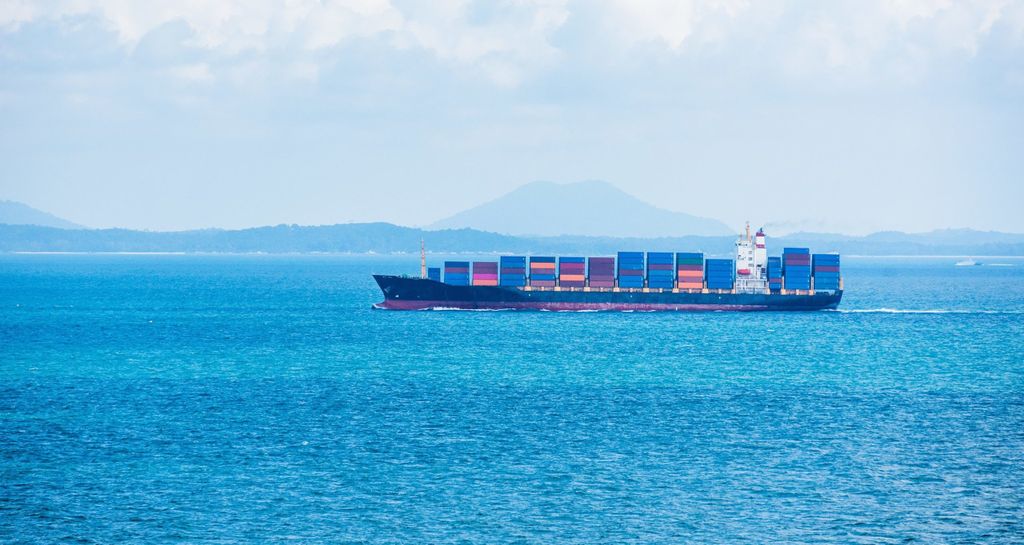
Past event In person & livestreamed
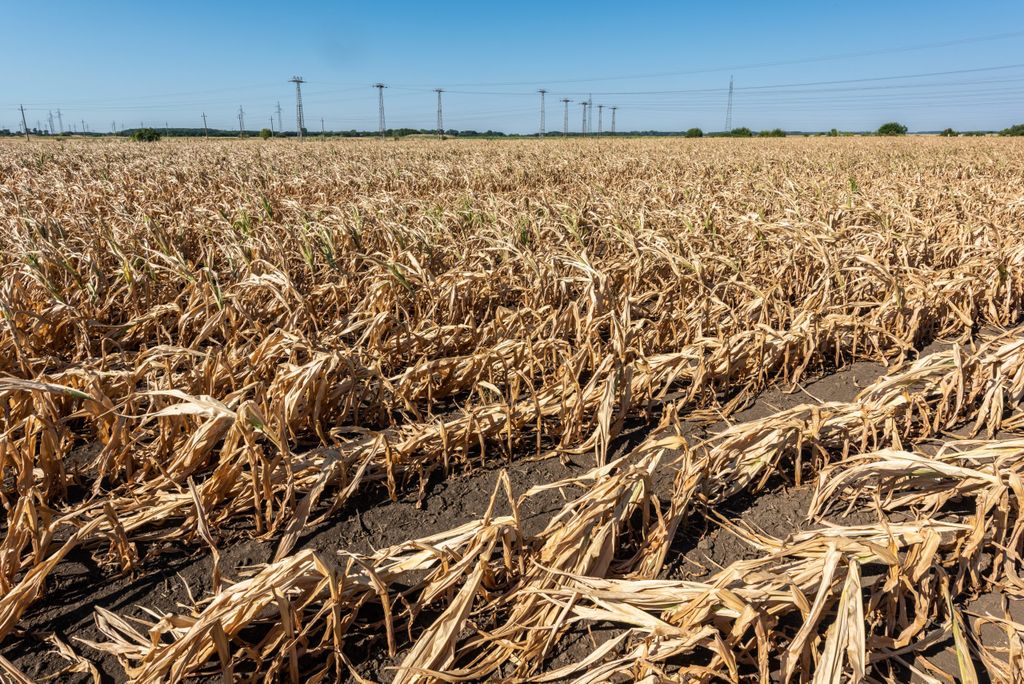
Past event In person & Livestreamed
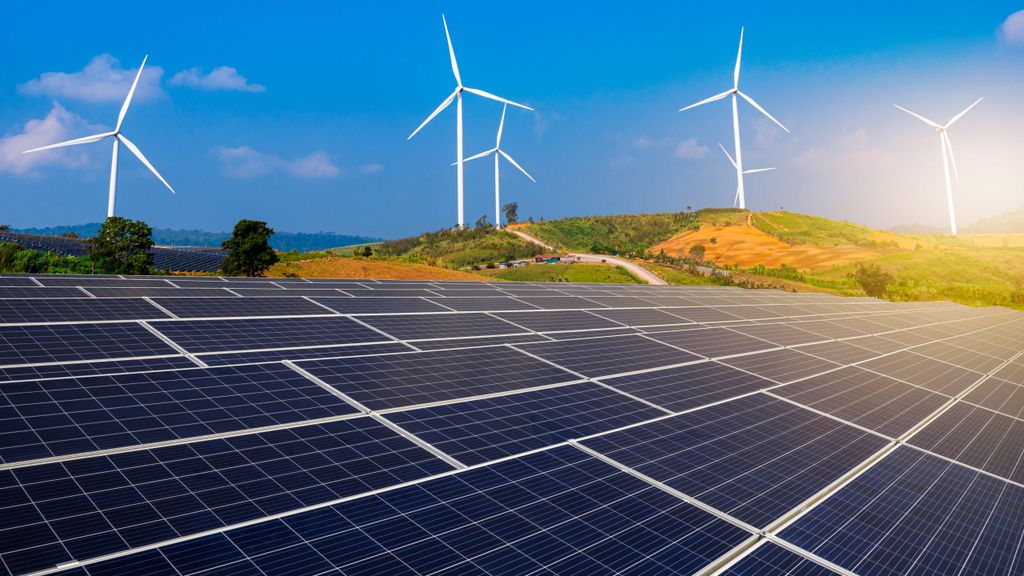
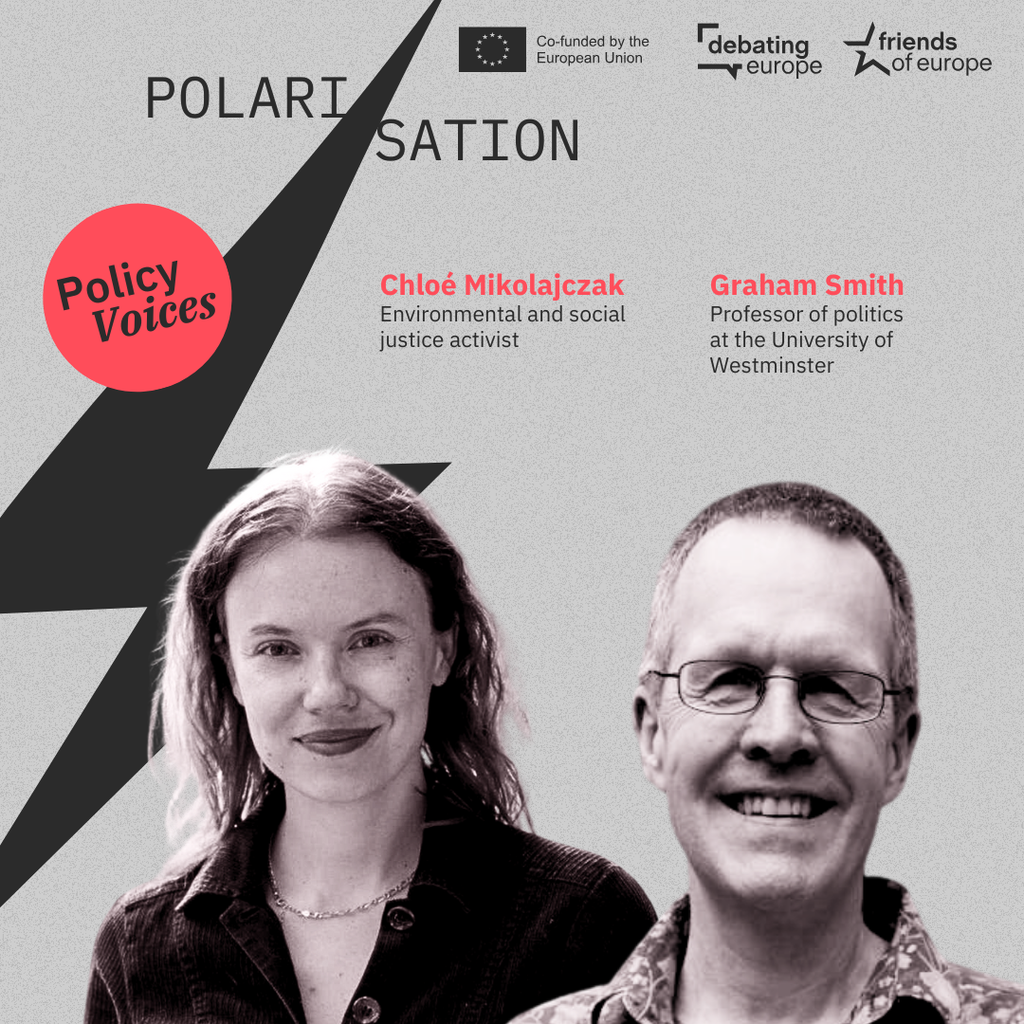

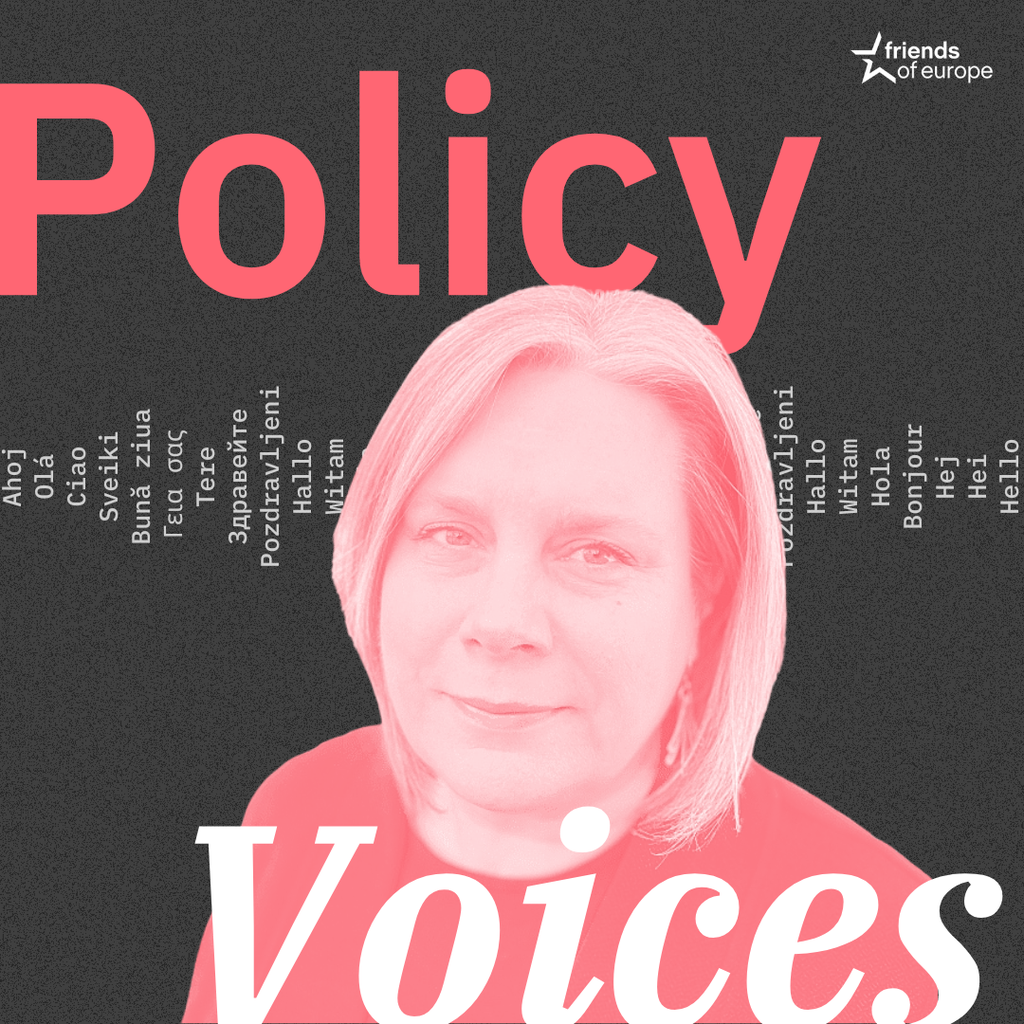
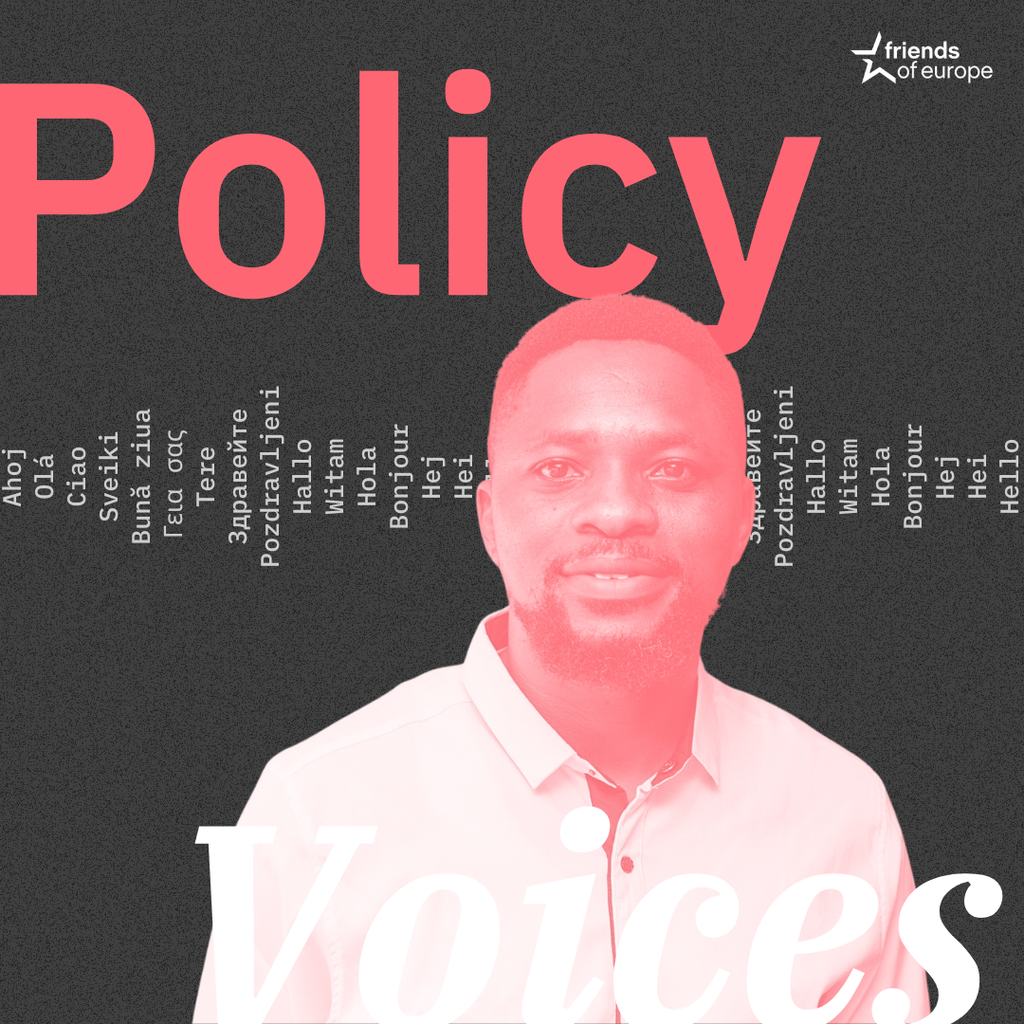
Stay informed
We use cookies and similar technologies to adjust your preferences, analyze traffic and measure the effectiveness of our campaigns. Learn more about our privacy policy.